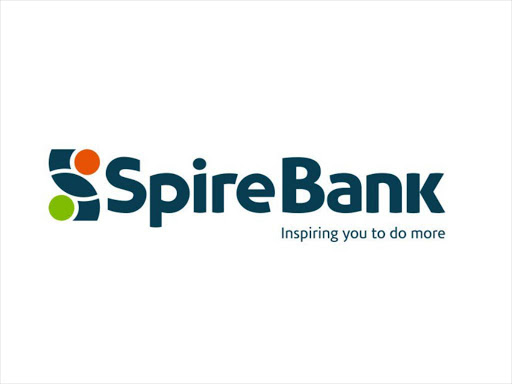Mwalimu Sacco has converted its deposits into share capital in a bid to stabilise struggling Spire Bank.
The national teachers’ Sacco has pumped Sh3.4 billion into the lender that has been operating below Central Bank of Kenya’s minimum cash adequacy ratio for close to 14 months.
Spire Bank’s core capital stood at a negative of Sh2.6 billion which is against a Central Bank of Kenya (CBK) threshold. Every lender is required to have a core capital of at least Sh1 billion.
At the time, the bank’s core capital was beneath total deposit liabilities by 55 per cent against an eight per cent coverage requirement and total risk-weighted assets at negative 61.8 per cent against a 10.5 per cent regulatory threshold.
It had a liquidity ratio of 7.7 per cent which is 12.3 per cent below CBK’s threshold.
The new funding plus the amount recovered from various auctions conducted by the bank is likely to see the lender meet CBK’s mandate and solidify its financial muscle even as it scouts for a potential buyer.
” The Sacco increased its authorised share capital of Spire bank from Sh5.77 billion made up of Sh1.15 billion ordinary share of Sh5 each by adding an additional Sh680million ordinary shares,” a statement by Mwalimu Sacco reads in part.
Shareholders have converted deposits equal to Sh1.7 billion since the acquisition in 2015.
It added that the capital injection is also expected to create solvency in its balance sheet, a move that will see its assets growing more than its liabilities.
Last year, the bank embarked on an aggressive capital hunt, auctioning defaulters’ properties.
According to the lender, it has over 150 liquidation cases pending in court against borrowers who have defaulted on loans worth over Sh1 billion.Last year, the banking regulator gave the struggling lender a lifeline, saying it was ready to offer emergency cash support to a member that has reported losses for eight consecutive financial years.CBK governor Patrick Njoroge said the regulator would grant the teachers-owned bank access to its discounted loan facility if it falls short of cash for its day-to-day operations in the short term, including meeting customer demand.“Any bank that is facing liquidity challenges has at its disposal all sorts of tools [but] of course it also depends on the source of the liquidity challenges,” Njoroge told reports attending post-Monetory Policy Committee Metting in May.“In case of emergencies — because they cannot adhere to the Cash Reserve Ratio (CRR) — then, […]
